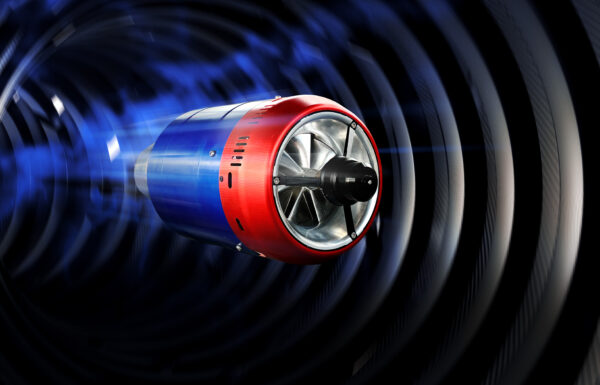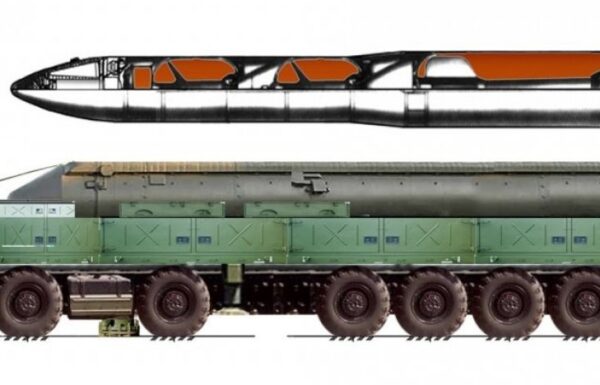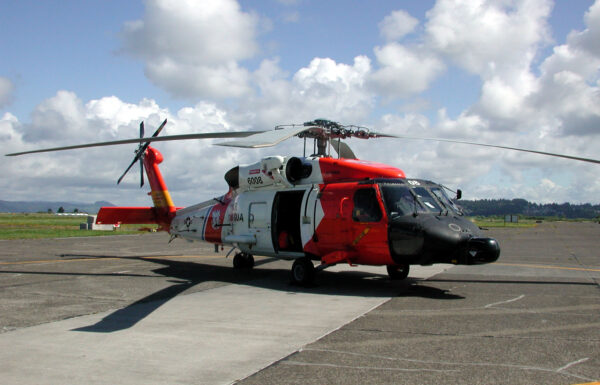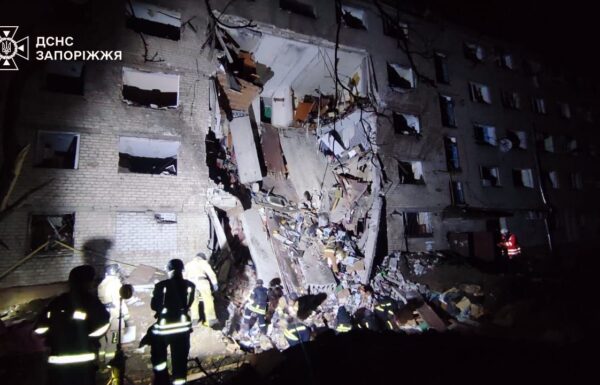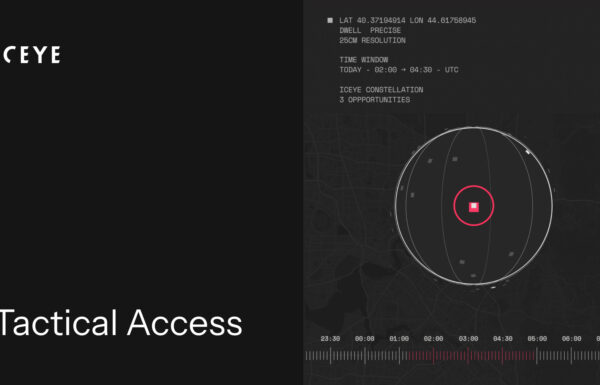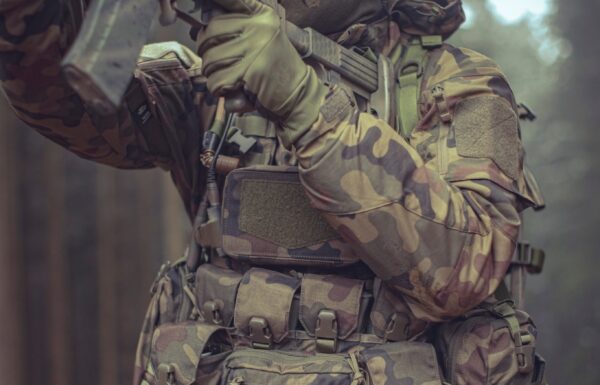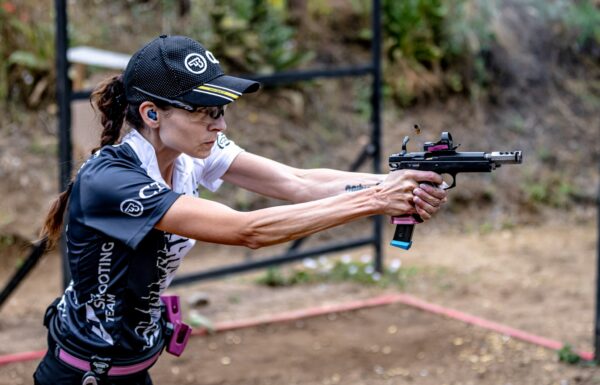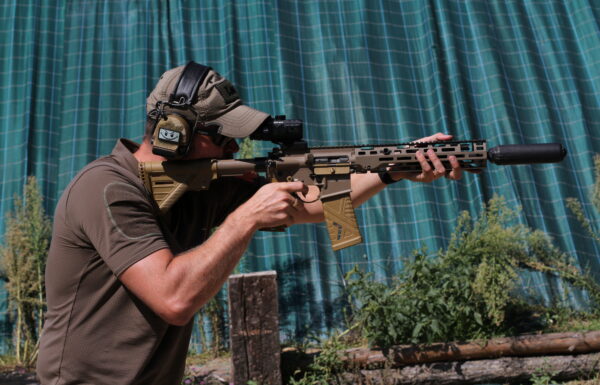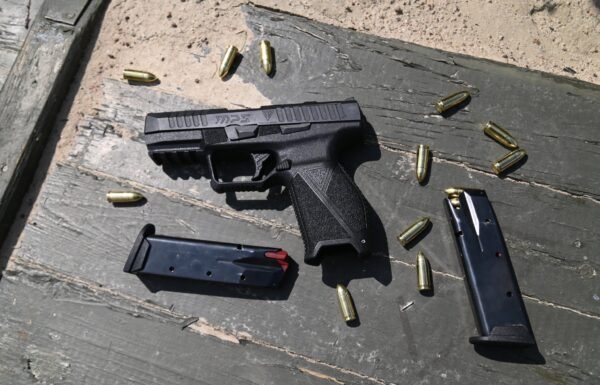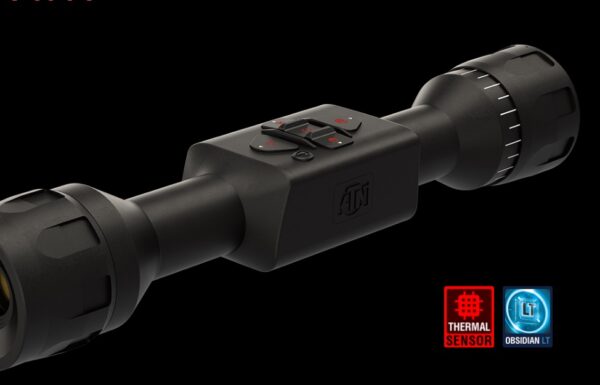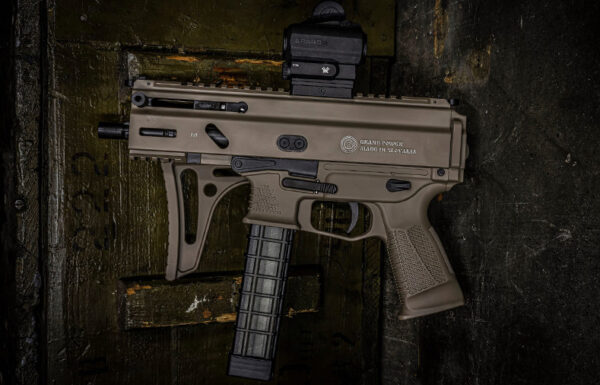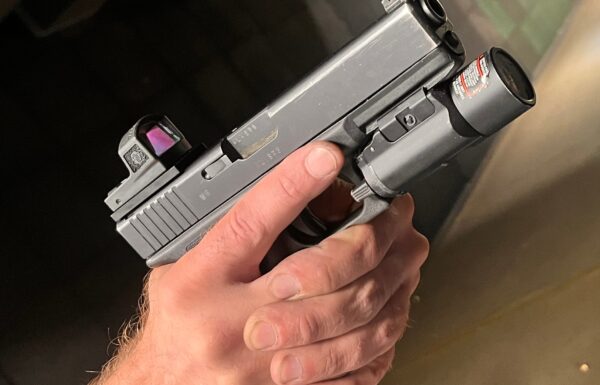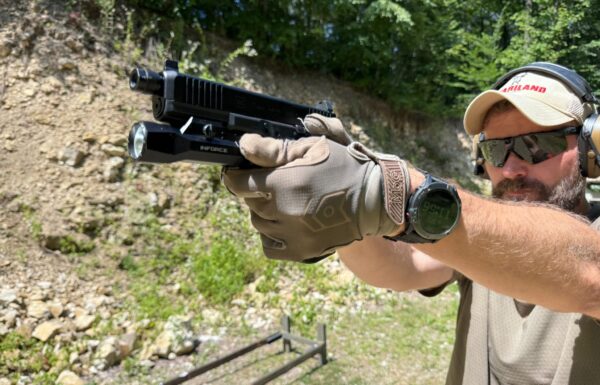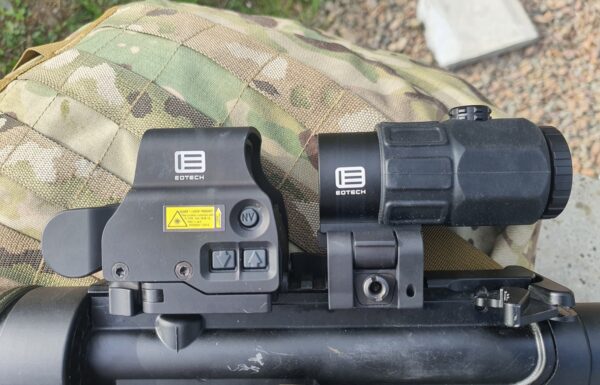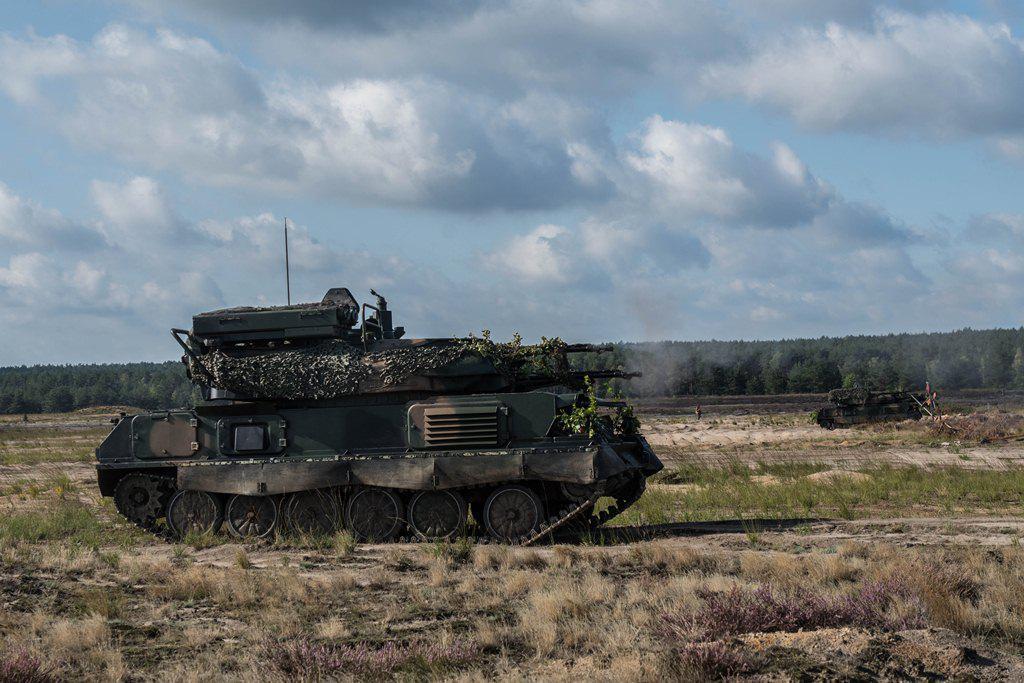It seems that in the face of the global financial crisis, which probably will result from COVID-19 pandemic, the Polish MoD won’t be able to upkeep the Technological Modernization Plan (PMT) of the Polish Armed Forces in its current form. This will force a revision of the purchase and modernization formula that was announced in October last year by the Minister of Defense, Mariusz Błaszczak, and an adjustment to the future capabilities (and limitations) of the budget.
We can assume that the MoD will be willing to maintain the most expensive procurement programs, conducted primarily with the help of foreign, multinational companies, such as ‘Harpia’ (F-35A Lightning II multirole fighter aircraft), ‘Homar’ (HIMARS-based rocket artillery systems) or ‘Wisla’ (Patriot-based medium range air-and-missile defense system), leveraging them over a number of smaller projects, which involve local defence industries.
In order to secure the capabilities of the Polish defense industry, the department intends to launch a series of smaller scale procurement or modernization projects, which will be awarded to local manufacturers. Due to budget limitations their finalization will require delaying or even cancelling of a number of other, less crucial (in the MoD’s opinion) programmes, such as the long awaited acquisition of new assault helicopters (“Kruk”), coastal defence vessels (“Miecznik”) or Orka-class submarines.
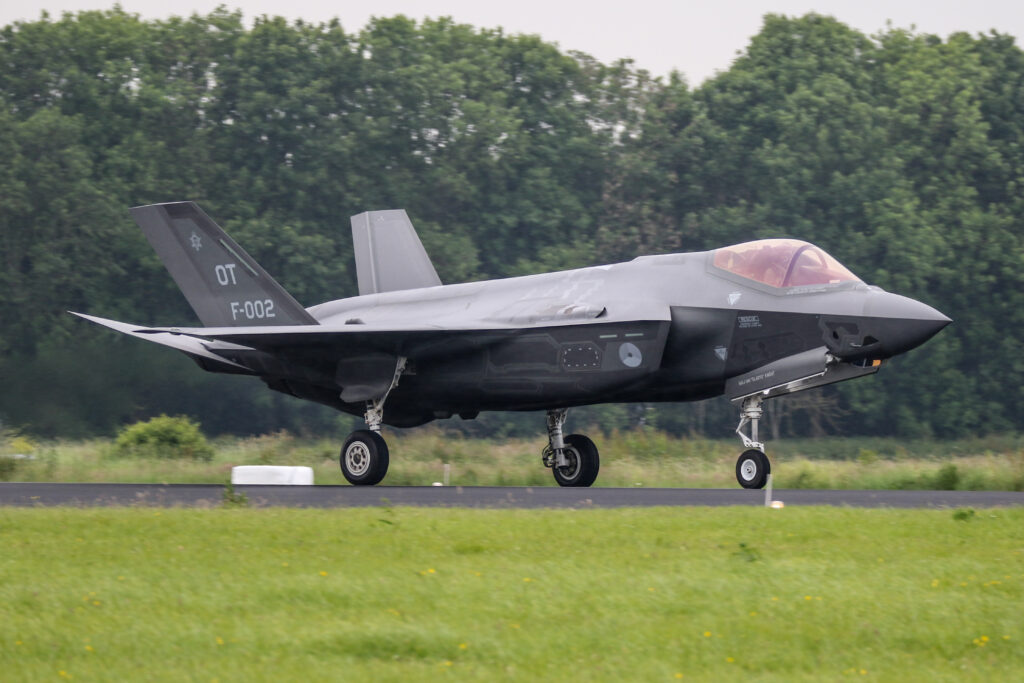
According to the Polish MoD and the Armament Inspectorate, despite the ongoing COVID-19 pandemic and the expected economic crisis major Polish acquisition programmes, such as ‘Harpia’ (F-35A Lightning II multirole fighter aircraft), ‘Homar’ (HIMARS-based rocket artillery systems) or ‘Wisla’ (Patriot-based medium range air-and-missile defense system) should be concluded according to the plan and schedule. Photo by: Michał Adamowski
Additional Rak mortars for the Polish Army
On 22nd May the agreement between the Armament Inspectorate, which acts on behalf of the Polish MoD and a consortium of Polish defense companies was signed at the premises of the 15th Mechanized Brigade.
The deal covers delivery of 40 120-mm Rak mortar systems and 20 command post vehicles (AWD) manufactured by Huta Stalowa Wola and Rosomak SA, subsidiaries of the Polish Armaments Group (Polska Grupa Zbrojeniowa, PGZ). Deliveries should commence in 2022 and run through to 2024. The agreement has a value of 703 million Polish Zloty (€155 million).
The number of additional Rak mortar systems and command post vehicles is an equivalent of five artillery companies. Each unit consists of 8 Rak mortars and four AWDs, as well as 2 artillery reconnaissance vehicles (AWR), 3 ammunition supply vehicles 8×8 (AWA), a mobile workshop 6×6 (AWRU) and a support vehicle 6×6 (WZ).
‘Modernization of the Polish Armed Forces relates to procurement of modern combat systems. Rak [mortar – MILMAG] is one of the most technically advanced self-propelled mortar systems in the World, designed by Polish engineers’ said Andrzej Kensbok, President of the Management Board of PGZ.
Polish Army currently operates 64 Rak mortar systems and 32 AWDs, which were ordered in 2016. The second agreement, covering delivery of additional 16 Rak mortars and 8 AWDs, was signed last year.
‘Agreement for delivery of additional Rak mortar systems is a confirmation of high quality of weapon systems manufactured by PGZ. The initial order was finalized without any delays. We’re currently engaged in finalization of the 2nd agreement [for Rak mortars – MILMAG], signed in 2019’ said Bartłomiej Zając, President of the Management Board of Huta Stalowa Wola.
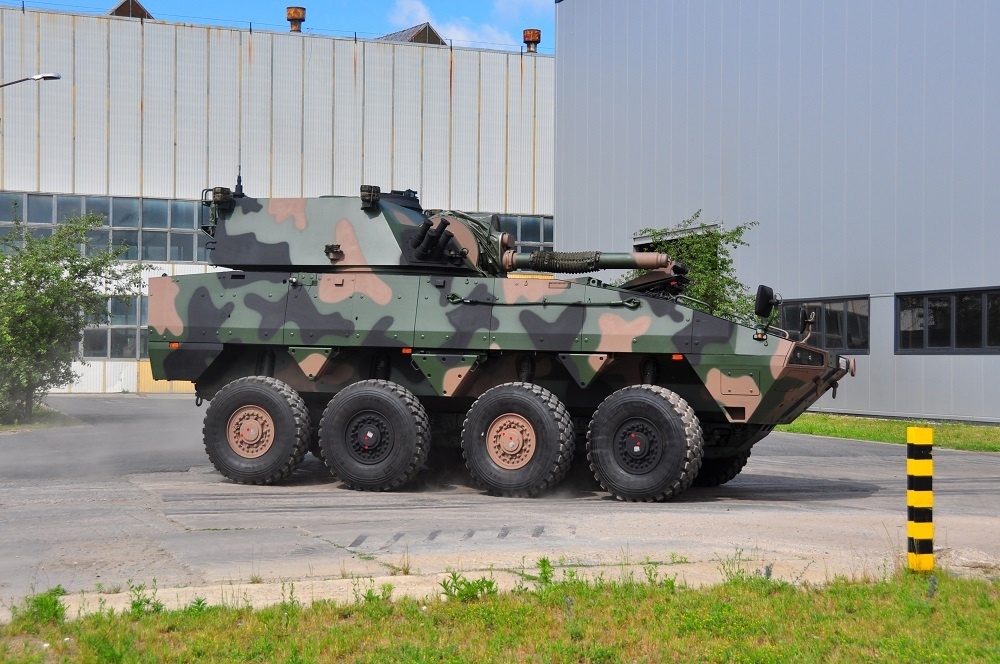
The M120K Rak is a 120-mm self-propelled mortar system based on the baseline Rosomak / Patria AMV vehicle. Each artillery company is equipped with 8 such platforms, accompanied by 4 command post vehicles, 2 artillery reconnaissance vehicles (AWR), 3 ammunition supply vehicles 8×8 (AWA), a mobile workshop 6×6 (AWRU) and a support vehicle 6×6 (WZ). Photo by: Huta Stalowa Wola
Rosomak-S AMVs for Poland
On the 1st of May the head of the Polish MoD, Mariusz Blaszczak, announced on Twitter that his department intends to procure 60 Rosomak-S armoured modular vehicles designed to carry Spike Anti-Tank Guided Missiles (ATGM). According to him the contract with the local Rosomak S.A. company, a subsidiary of the state-controlled Polish Armaments Group, should be signed in 2020.
Rosomak-S vehicle is technically similar to the baseline Rosomak armoured modular vehicle, a local derivative of the Finnish Patria AMV. The main difference is that Rosomak-S vehicles are not equipped with any weapon systems (Rosomak in the standard configuration for the Polish Army is fitted with a 30mm Hitfist turret). Each can carry up to two Spike ATGM launchers along with missiles and operators.
The interior of the Rosomak-S vehicle was modified by removal of two seats, which were replaced with transport containers for Spike ATGM launchers. Four missiles are stashed above the wheels, and four more on the covers of air conditioning and filter units.
Today only a marginal number of Rosomak-S vehicles are used in the Polish Army. They serve in the 12th and 17th Mechanized Brigades and provide support to artillery companies equipped with 120mm Rak self-propelled mortar systems (also on the Rosomak / AMV platform).
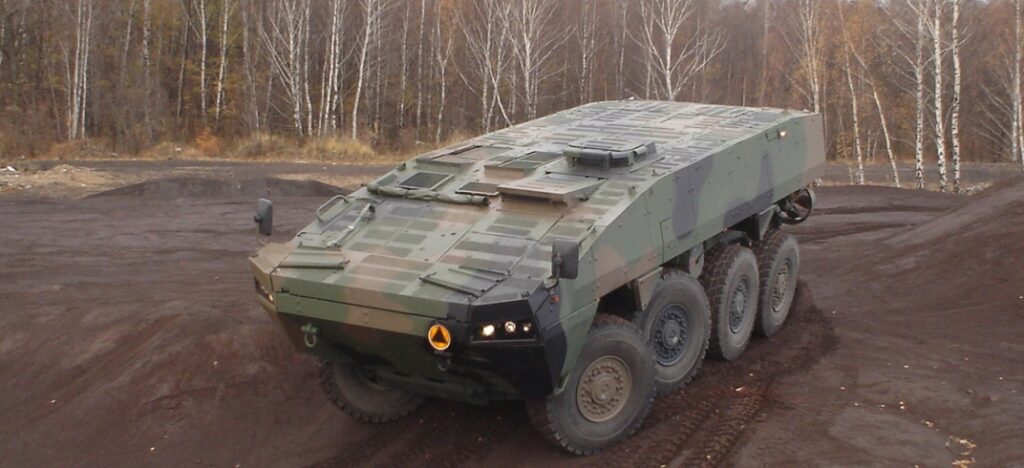
Rosomak-S is an unarmed version of the basic, wheeled Rosomak APC. The vehicle is capable of transporting two teams of Spike ATGMs along with command launch units and spare missiles. Photo by: Rosomak SA
More Grots for Poland
Another MoD’s announcement that can be read in the context of supporting the domestic defense industry, is related to the incoming purchase of additional units of modular firearm system MSBS Grot from FB “Łucznik” Radom. On 25th of April, the minister of defense confirmed his intent to sign a contract for another 18 thousand 5.56×45 mm assault rifles. The estimated cost is 160 million Polish Zloty ($40 million).
Military variants of 5.56 mm MSBS have been ordered for the Polish Armed Forces since 2017, when the first contract for MSBS-5.56K was signed. Thirty two thousand Grots C-16 FB-M1/M2, worth 290 million Polish Zloty (ca. $72 million) were already delivered.
First MSBS-5.56K were handed over to the Territorial Defense Forces (TDF). Since 2019, TDF HQ, in coordination with the Polish General Staff has started transferring batches of the delivered rifles to chosen units of Land Forces.
Ordering of new rifles was preceded by intense tests, performed by soldiers of special forces and officers of uniformed services. Beside Polish Armed Forces, Grot is also used by Border Guard units, and its representative carbine version entered service in Police and Prison Guards.
On 30th of September 2019 the contract was expanded to include delivery of another 18 thousands Grot C16 rifles for a price of 160 Polish Zloty (ca. $40 million) with delivery scheduled for 2020-2022.
Together with the newly announced contract total number of MSBS-5.56K ordered for Polish Armed Forces will reach 68 thousand units. They will replace less ergonomic Beryl rifles and Mini Beryl carbines, 80 thousands of which are still in service.
Polish Armed Forces have a requirement for approximately 250 thousands of new 5.56×45 mm firearms to fully replace older, Kalashnikov-based 7.62×39 mm rifles and carbines.
Polish Military is currently equipped with the standard variant of Grot C16 with 406 mm-long barrels (16 inches). However, there is a growing demand for a short-barreled carbine Grot C10 with 254-mm barrel (10 inch). Additionally, the ministry of defense is negotiating deliveries of semi-automatic Grot 7.62N rifles to fill the role of designated marksman rifle for another military project. They would be provided with 508 mm (20 inch) and 406 mm barrels.
There is also a shortage of 40 mm × 46SR GP grenade launchers, despite the design being ready for production since the tests were finished in 2017. This forces military units, which are being equipped with Grots, to retain a number of older models, such as the wz. 74 Pallad and GPBO-40 rifle-grenade launchers in service.

On 25th of April the Polish MoD announced the planned purchase of additional 18 000 Grot rifles, increasing the total number of MSBS in service to 68 000. Photo by: Huta Stalowa Wola
Maskpol combat helmets
On 23rd of April the minister of defense announced the incoming purchase of 50 thousand composite combat helmets produced by Protective Equipment Company Maskpol. They will replace currently used wz. 67 steel helmets.
Maskpol offers HP-05 high cut helmets. During the 2018 International Defence Industry Exhibition (MSPO) a modified variant of HP-05 helmet was presented, in earthy tones, made of polyethylene, with ergonomically improved fit, and new night vision goggles mounting bracket.
Polish Armed Forces will probably receive HP-04 helmets, however, as they are supposed to offer better protection against artillery shrapnels. They will be fitted with a universal bracket for night vision goggles and equipment rails
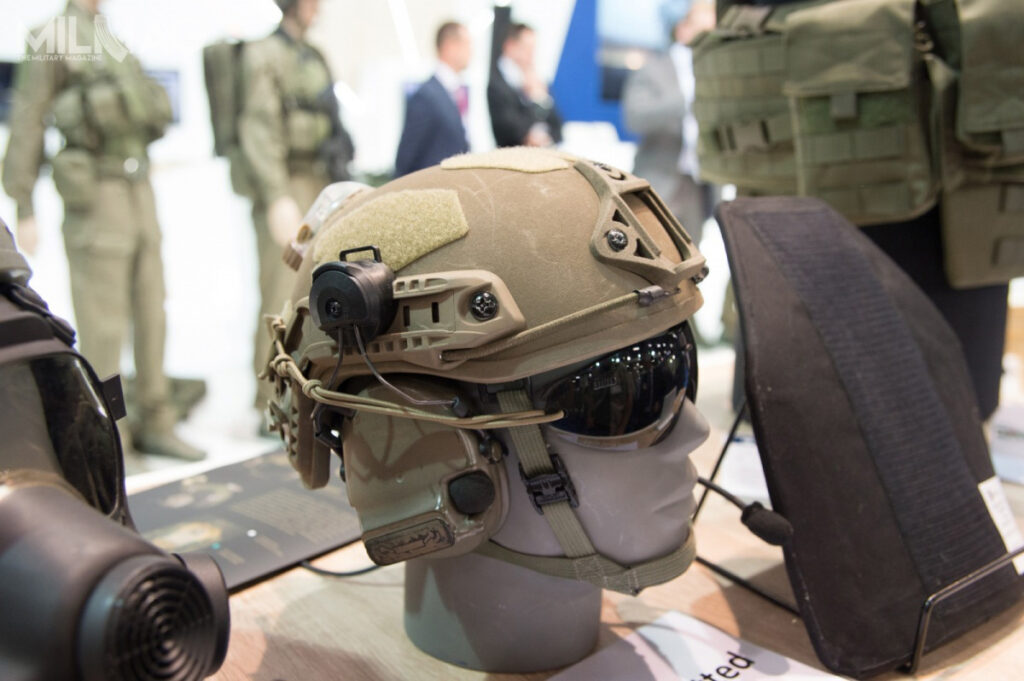
Maskpol offers two models of composite helmets: high cut HP-05 (presented on the photo) and a modified HP-04 with improved protection against shrapnels. Photo by: Jarosław Lis
Leopard 2PL modernization
The Polish Army has taken delivery of at least 2 modernized Leopard 2PL MBTs. This event means that prototypes of modernized Leopard 2PL MBTs concluded a much delayed series of tests, which were to confirm their operational capability and confirm that the implemented upgrades meet technical requirements set out by the Armament Inspectorate. The Polish Army is expected to receive 43 Leopard 2PLs in 2020. The total batch of 142 modernized MBTs should be handed over by 2023, 2-3 years later than originally planned.
Modernization of the fleet of 142 Leopard 2A4 MBTs to the 2PL standard is an essential programme for the Polish Armed Forces, which will significantly enhance its operational capabilities at the time of worsened relations between NATO and Russia. The project is run by a consortium of ZM Bumar-Labedy, a subsidiary of the PGZ and a number of other companies of the Group. German Rheinmetall Landsysteme is a strategic partner of the project.
The original contract, signed at the end of 2015, called for modernization and delivery of 128 vehicles by late 2020. In 2018 an additional agreement was reached, which added an optional batch of 14 MBTs to the programme. Their delivery was originally planned for 2021.
On 24th December 2019 the Armament Inspectorate amended the original agreement by awarding additional technical works and services on Leopard 2A4 vehicles in order to prepare them to the awaited upgrade. In result, PLN569 million (€124 million) had to be added to the programme’s budget, bringing the total cost of Leopard 2PL modernization to PLN3.2 billion (€700 million).
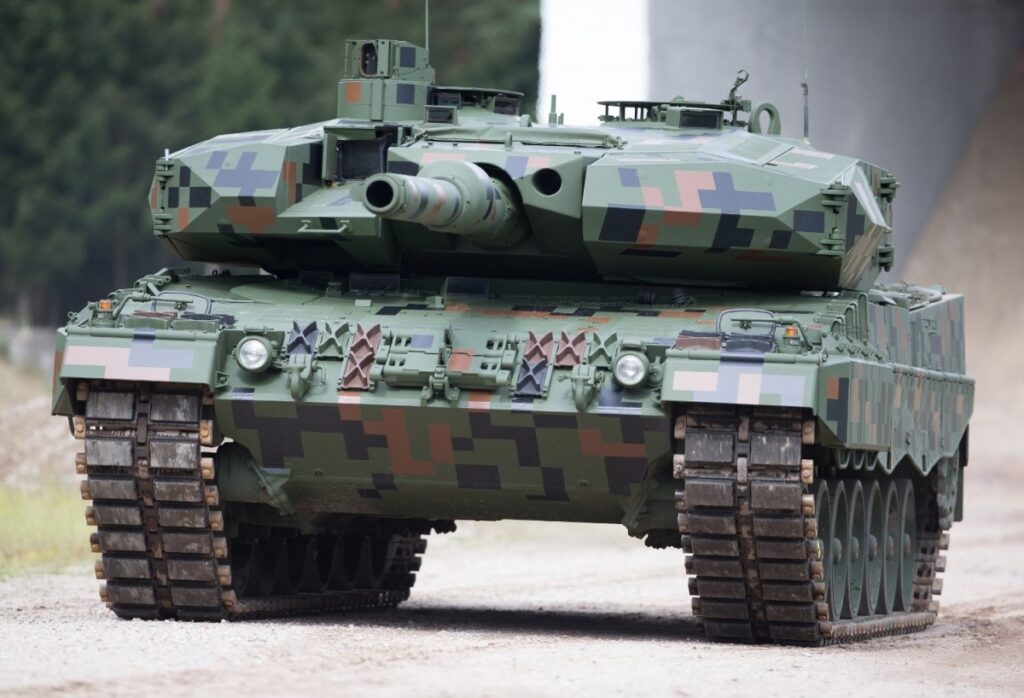
The Polish Army has received at least two prototypes of the modernized Leopard 2PL MBTs. By the end of 2020 the Army should take delivery of 43 such vehicles, with the full fleet of 142 upgraded vehicles planned to enter service by 2023, 2-3 years later than originally planned. Photo by: PGZ
Light multirole helicopters for Poland
The Armament Inspectorate, which acts on behalf of the Polish Ministry of Defense (MoD), officially launched a tender for procurement of 32 light, multirole helicopters. New rotorcrafts will be acquired under the ‘Perkoz’ programme.
According to the statement made by the Armament Inspectorate, new helicopters will be procured in three variants: direct fire support, command, observation / reconnaissance. They will have the transport capacity of up 1000 kg of cargo or 5 soldiers in full gear.
New multirole helicopters will replace currently operated legacy Mi-2s, which entered service over 50 years ago. Their further use is might prove to be impractical and hazardous.
The decision to launch the ‘Perkoz’ programme means that the planned modernization of W-3WA Sokol helicopters probably won’t take place. Acquisition of new light multirole helicopters might also delay the planned acquisition of modern attack helicopters, which were to replace currently operated Mi-24D/W rotorcrafts.
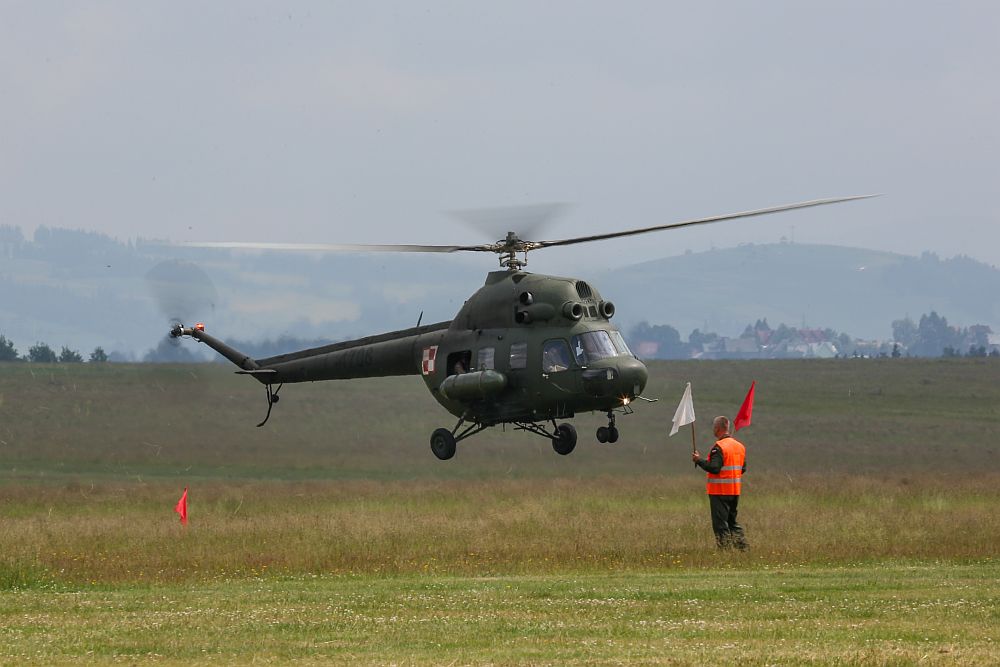
The Armament Inspectorate officially launched a tender for procurement of 32 light, multirole helicopters, which will replace currently operated, obsolete Mi-2 and eventually also W-3 Sokol rotorcrafts. Photo by: Michał Adamowski
Poland looks for new VSHORAD system
The Polish Ministry of Defense (MoD) intends to procure a new, mobile very short range air-and-missile defense (VSHORAD) system under the ‘Sona’ programme. The Armament Inspectorate, which acts on behalf of the MoD, has already launched a technical dialogue procedure, leading to working out main technical and operational requirements, which the future bidders will be obliged to meet.
The new, mobile VSHORAD system will be capable of detecting, identifying and destroying enemy aerial targets, such as manned fixed and rotary-wing platforms or unmanned aerial vehicles. It will be also used to destroy incoming rockets, artillery, and mortar rounds (C-RAM).
Furthermore, Sona VSHORAD systems will also be tasked with providing air coverage to armoured or mechanized detachments or task forces on the move, while operating aside from main force structures.
Although the Armament Inspectorate is open to all companies interested in taking part in the technical dialogue, local or foreign, it seems quite possible, that the Inspectorate as well as the MoD, will lean on to providing as big role as possible in the ‘Sona’ programme to the Polish defence industry, which has the technical capabilities required to meet all major requirements of the future operator.
For example, the future Sona VSHORAD system could be equipped with Piorun or Piorun 2 anti-aircraft missiles from Mesko, a subsidiary of the Polish Armaments Group. The systems could be coupled with a 35-mm gun offered by Pit-Radwar and Huta Stalowa Wola, other subsidiaries of PGZ.
Pit-Radwar could also deliver radar tracking and surveillance systems as well as C4ISRs, while other members of the local defence industry could provide optoelectronic observation systems. Sona can also be equipped with non-kinetic counter drone solutions.
Due to the requirement of manoeuvrability, Sona system will have to be based on a tracked or wheeled platform, which also could be manufactured locally. HSW could integrate the new system with the K9 tracked chassis, which it produces on a licence for the Krab 155-mm self-propelled howitzer programme. While Rosomak SA, another subsidiary of PGZ, is well prepared to fit the VSHORAD system with its Rosomak or Rosomak XP wheeled vehicles, which are a local derivative of Patria’s AMV and AMV XP platform.
New mobile very short range air-and-missile defense system, Sona, will replace some of currently operated SHORAD systems, like ZSU–23–4 / ZSU-23 – 4MP Szylka / Biala (in the picture). Photo by: capt. Katarzyna Sawicka, 10th Armoured Cavalry Brigade
Article previously published on MILMAG 02/2020


